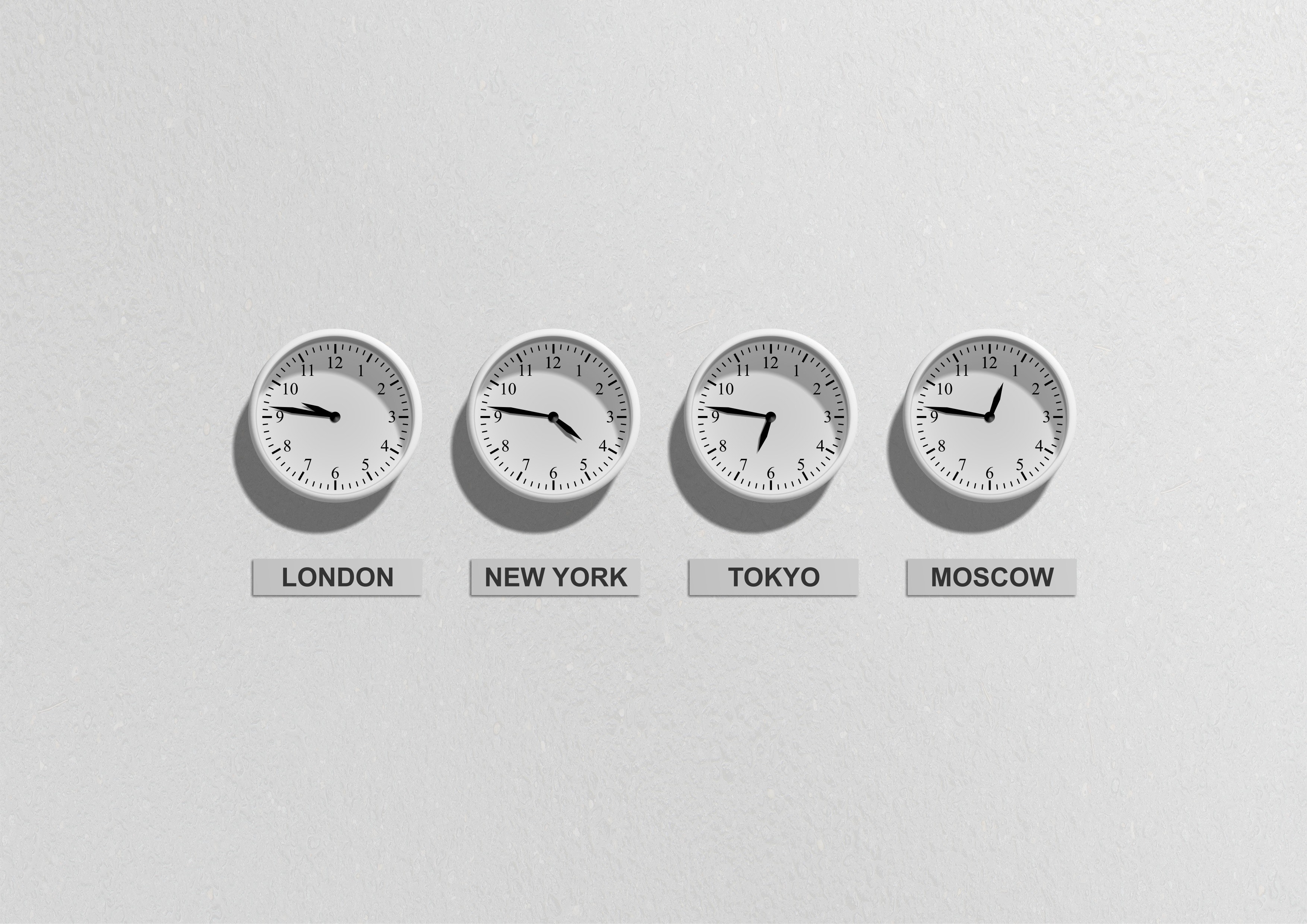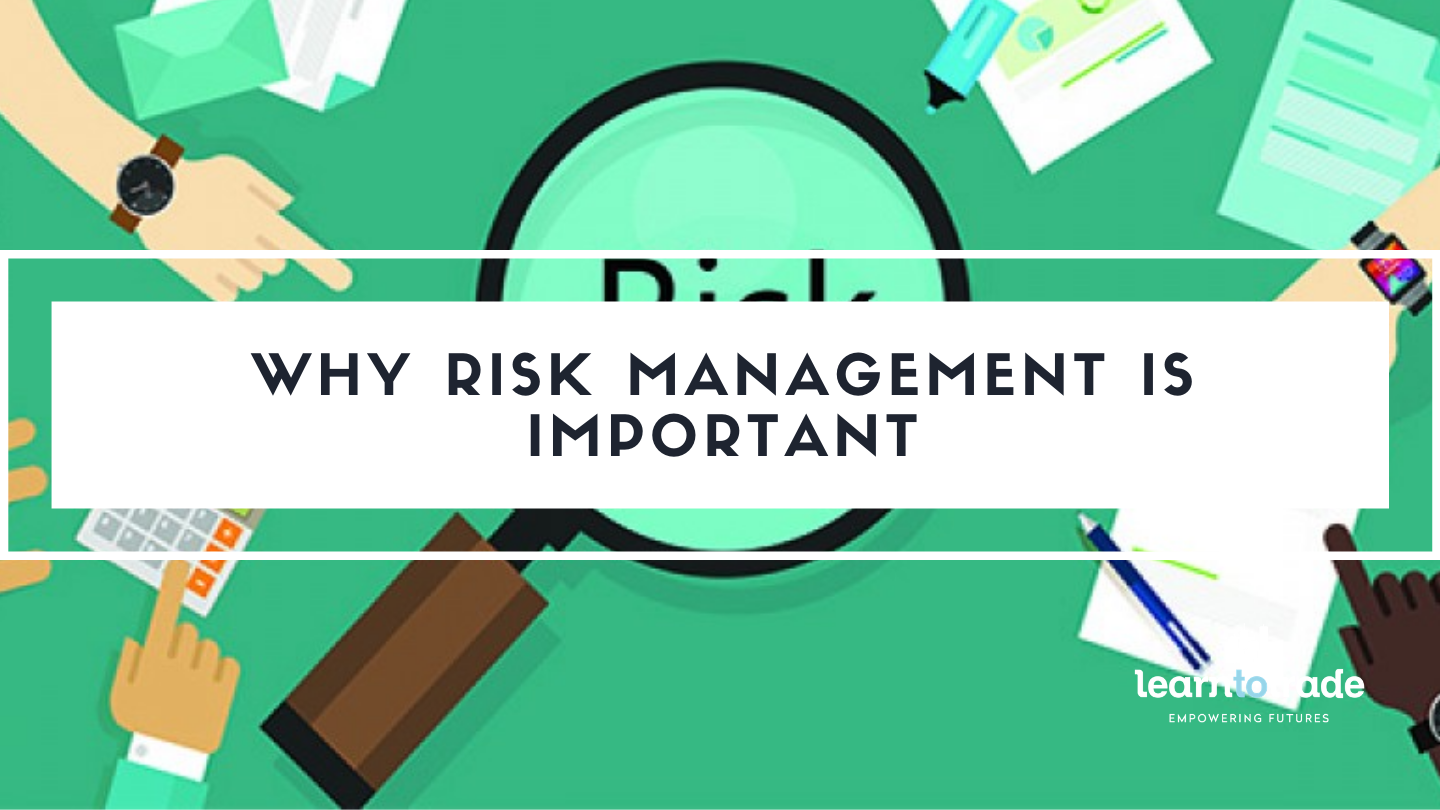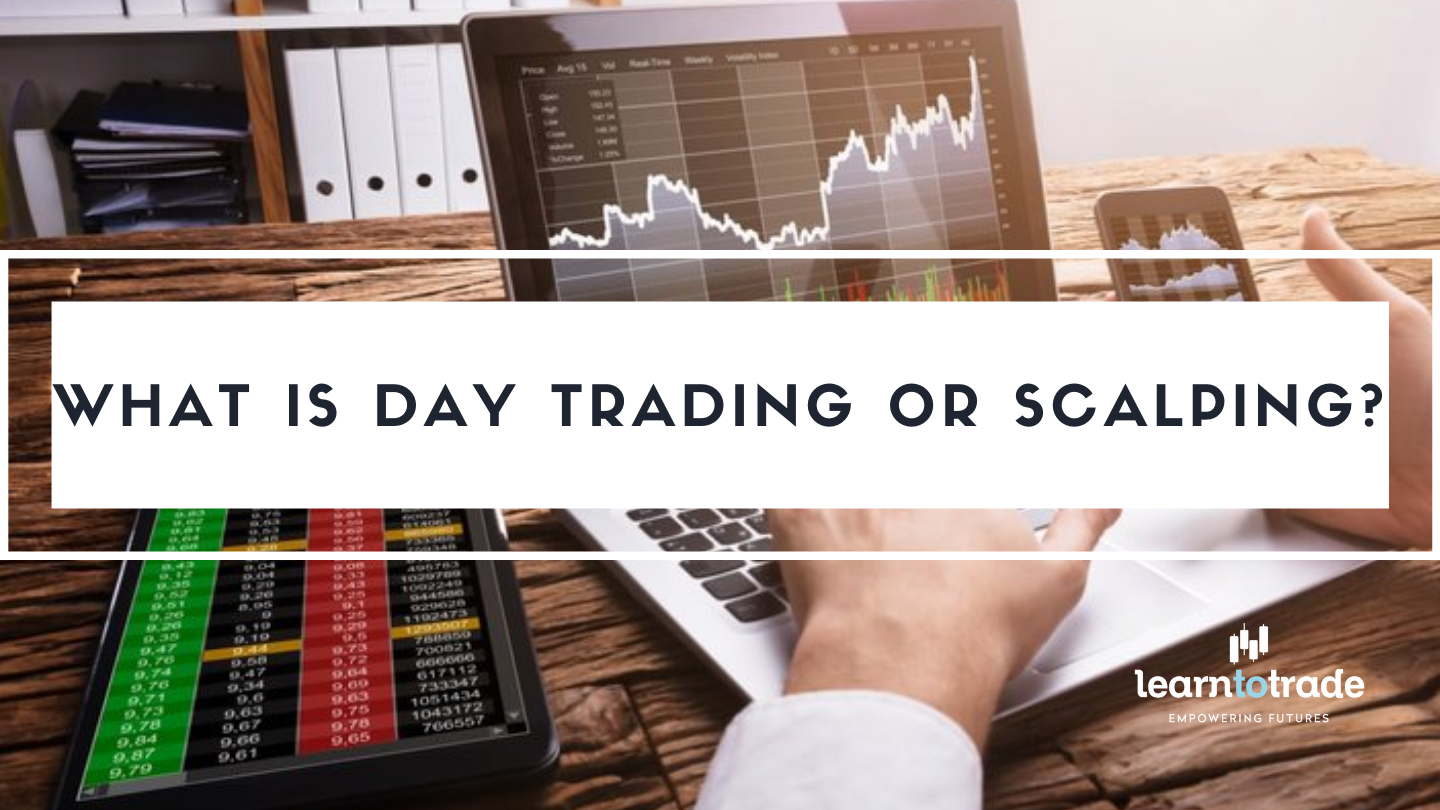Trading the 24-Hour Market: When are the Best Times to Enter?

Forex or currency trading can be quite intimidating for some, especially beginners. It is open 24 hours a day in 5 days a week across the globe. Being the world’s largest exchanged market averaging $5 trillion daily, says a lot about its liquidity and the endless opportunities that you can take.
However, a lack of understanding of how the overlapping time zones may affect the volatility of the market can make you lose your sanity over trying to monitor the charts endlessly. What’s even worse is you still end up with losing trades.
Why Do Time Zones Matter?
The answer is simple. When trading hours across the globe overlap, the activity will naturally increase, leading to surged liquidity and volatility. As a trader, you could use these elements to your advantage, with more opportunities open to making a profit.
The 4 Major Exchanges
The leading exchanges that have the most influence in the market are located in London, Tokyo, Sydney, and New York.

In the image below, you can see when each market opens and closes, along with when trading hours overlap. (Times are shown in GMT)
Asian Session (Tokyo)
The Asian markets normally open first at the beginning of the week which starts from 23:00-7:00 GMT. Other noteworthy countries that are available during this time include China, New Zealand, and Australia.
European Session (London)
Following the Asian session is the London market, which opens at 07:00 and runs until 15:00 GMT.
American Session (New York)
By the time the New York market opens at 12:00-20:00 GMT, the Asian session has already closed. Major contributors in this session are countries including Mexico and Canada.
The Overlaps

Generally, the heaviest and most ideal exchanging time is the 12:00-15:00 convergence of New York and London trades where you can spot the best chances for profit. These two centers represent over 50% of all forex exchanges. Both the EUR and the USD are the most actively traded currencies during this time.
The next peak is the Sydney – Tokyo overlap at 23:00-5:00 GMT which is relatively less volatile than New York – London but still presents opportunities. The main currencies influenced here are EUR and JPY.
Some Caveats to Keep in Mind
High volume trading hours don’t always mean gains. While technical analysis gives you a headstart in placing your trades, remember that certain critical factors may affect the market movement radically, such as high impact news.
In our earlier blog, we’ve discussed the three main reasons why you should NOT trade 2 hours before and after the release of high impact news. Information regarding GDP, fiscal stimulus policy, rate statement, etc. affects the market sentiment, leading to extreme increased volatility and activities opposite from what you’ve anticipated, despite your analysis.

The Bottom Line
As a trader, your primary task is to determine whether the market overlaps and volatility fit your specific strategy. While generally, it presents opportunities, it doesn’t automatically follow that you should take advantage of every chance to profit as this could lead to endless trading or even burnout.
Now that you have enough data about the optimal trading hours, it can give you a critical advantage to your results. Here at Learn to Trade, we have our expert coaches to guide you with creating a solid trading plan that matches your goals and schedule. Know how you can get started by clicking the “Register Now” button below to book a free online workshop with us.






































